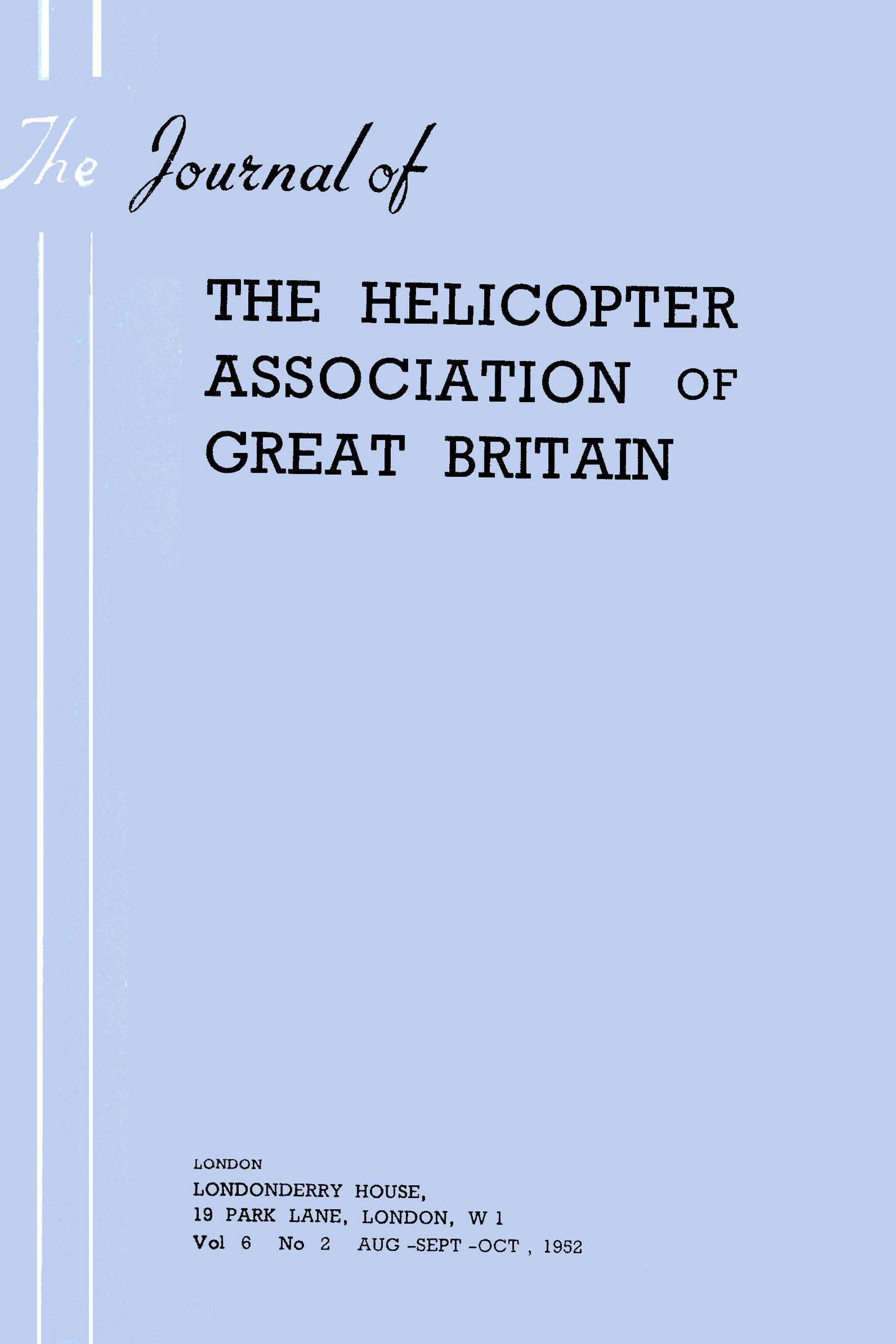Article contents
Bristol Type 173 Design, Development and Experiences
Published online by Cambridge University Press: 26 October 2023
Extract
The CHAIRMAN said that it was hardly necessary for him to introduce RAOUL HAFNER who was well known in the helicopter world as Igor Sikorsky or Frank Piasecki He had been engaged in this field for many years and had very many successful designs to his credit His work as Chief Helicopter Designer to the Bristol Aeroplane Company had realised its present climax in the successful flights of the Bristol 173, about which he was going to speak tonight
The Chairman announced that Mr HAFNER had prepared his paper as a joint paper between the Association and the American Helicopter Society Mr HAFNER had been invited to present it to the latter Society on the occasion of their Annual Forum m April The lecture would therefore not be published until it had been delivered in America
- Type
- Research Article
- Information
- The Journal of the Helicopter Association of Great Britain , Volume 8 , Issue 4 , April 1955 , pp. 158 - 186
- Copyright
- Copyright © Royal Aeronautical Society 1955
References
- 1
- Cited by




